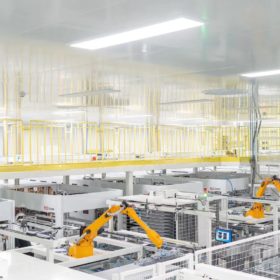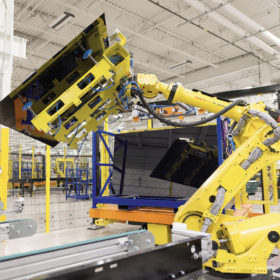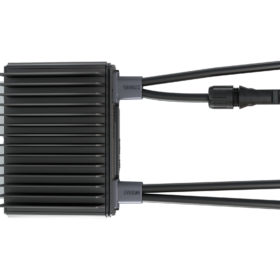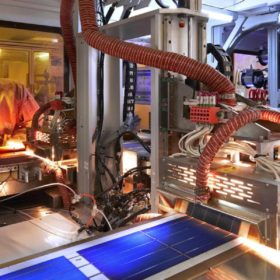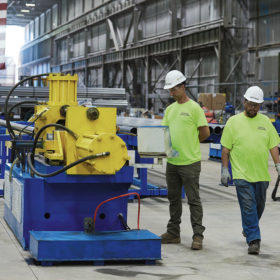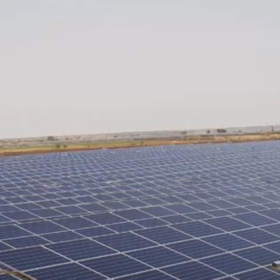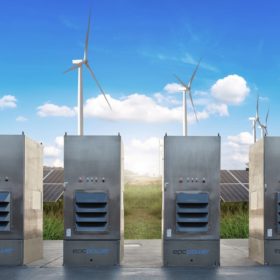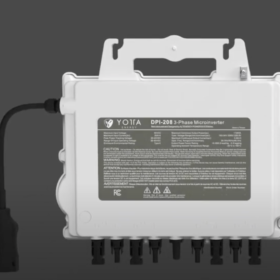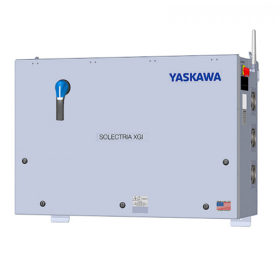Chinese PV Industry Brief: Eging to set up 10 GW of TOPCon solar panel production
Eging PV has signed a deal to build a 10 GW TOPCon solar module factory in Anhui province, while Tongwei has revealed plans to build a 25 GW cell factory in Jiangsu. Jolywood, meanwhile, has completed the first 4 GW phase of its 8 GW TOPCon cell factory in Shanxi province.
Indian government approves second phase of solar manufacturing incentive scheme
The Indian cabinet allocated around $2.4 billion for the second phase of the incentive scheme.
Solaredge launches new power optimizers for commercial PV
The Israel-based power electronics specialist has unveiled two new optimizers that have both a rated input DC power of 1,2 kW, maximum efficiency of 99.5%, and weighted efficiency of 98.8%.
Chinese PV Industry Brief: Trina buys 70,000 MT of polysilicon from South Glass Group
In other news, a Chinese consortium is planning to build a 10 GW heterojunction (HTJ) module factory in Sichuan and Risen Energy is seeking to raise around $1 billion through a private placement of shares to finance its 5 GW HTJ panel production.
A new era of made-in-USA solar
There are both challenges and benefits to boosting solar manufacturing in America. The Inflation Reduction Act of 2022 includes a host of measures to support the production of US renewable energy technologies and could foster a new era for made-in-America solar. pv magazine USA Senior Editor Anne Fischer explores the current status and outlook of US solar manufacturing.
Canadian pension fund invests in Mahindra’s renewables arm
Mahindra Group has agreed to sell a 30% equity stake in Mahindra Susten to the Ontario Teachers’ Pension Plan for around $300 million. The two parties have also agreed to set up an infrastructure investment trust so Mahindra Susten can strengthen its solar, hybrid energy, and integrated storage businesses, as well as its round-the-clock green energy plants.
Goldman Sachs, Cleanhill Partners acquire majority stake in US inverter maker EPC Power
With clean energy installations projected to skyrocket, the two financial powerhouses value EPC Power’s position in the evolution of the industry.
Yotta Energy unveils new 3-phase microinverters
US manufacturer Yotta Energy said that its two new microinverters are compatible with up to four high-power PV modules. They have a peak efficiency of 96.5% and a nominal maximum power point tracking (MPPT) efficiency of 99.5%.
Solectria to optimize utility-scale string inverters for First Solar
US inverter supplier Solectria will optimize its XGI 1500 utility-scale string inverters for use with First Solar’s cadmium telluride solar panels.
Analysis of solar inverter responses to forest fires
The North American Electric Reliability Corporation inverter reliability team has determined that inverter settings need to be further developed to help them to respond more effectively to forest fires, which triggered power grid issues in the United States during the 2016-17 period.
